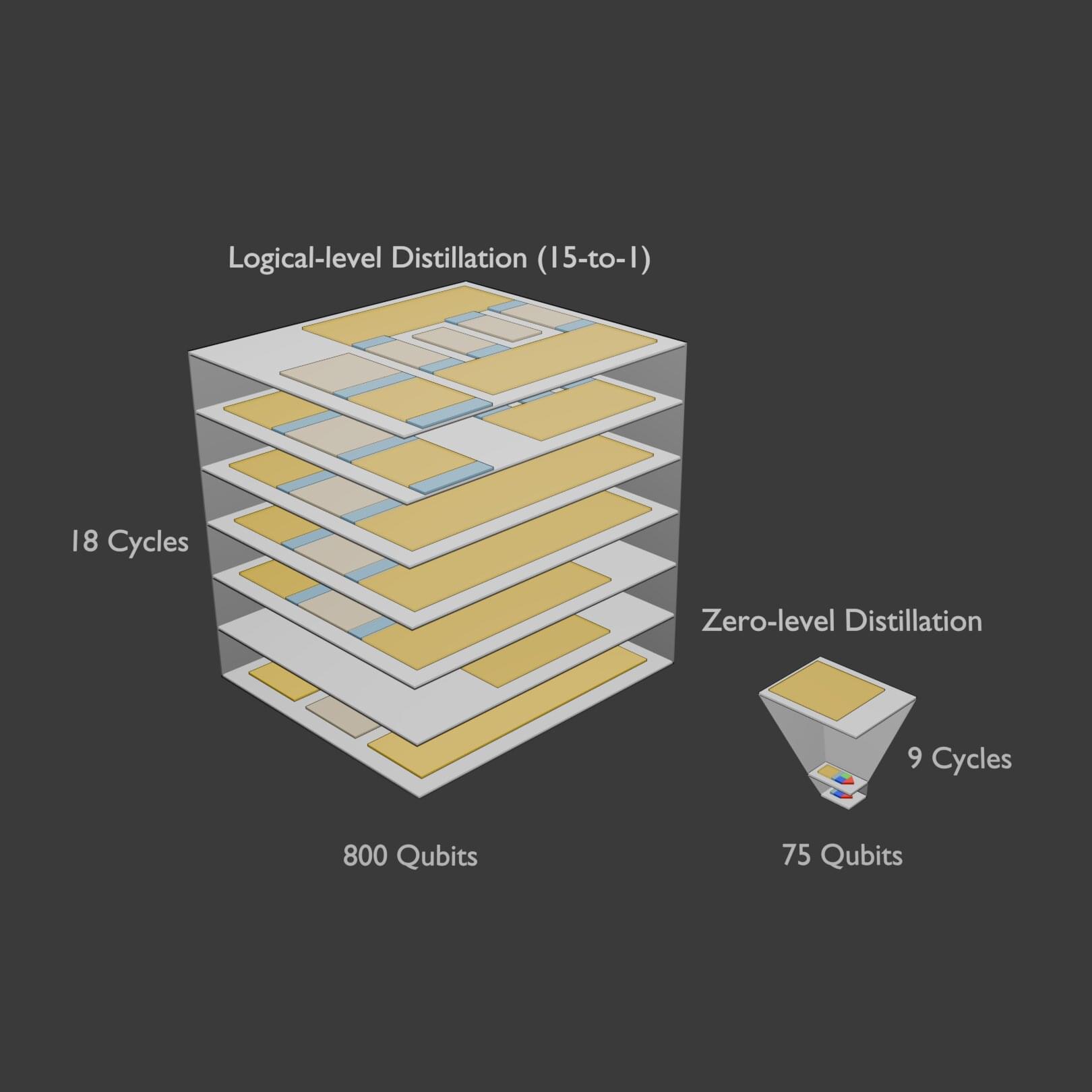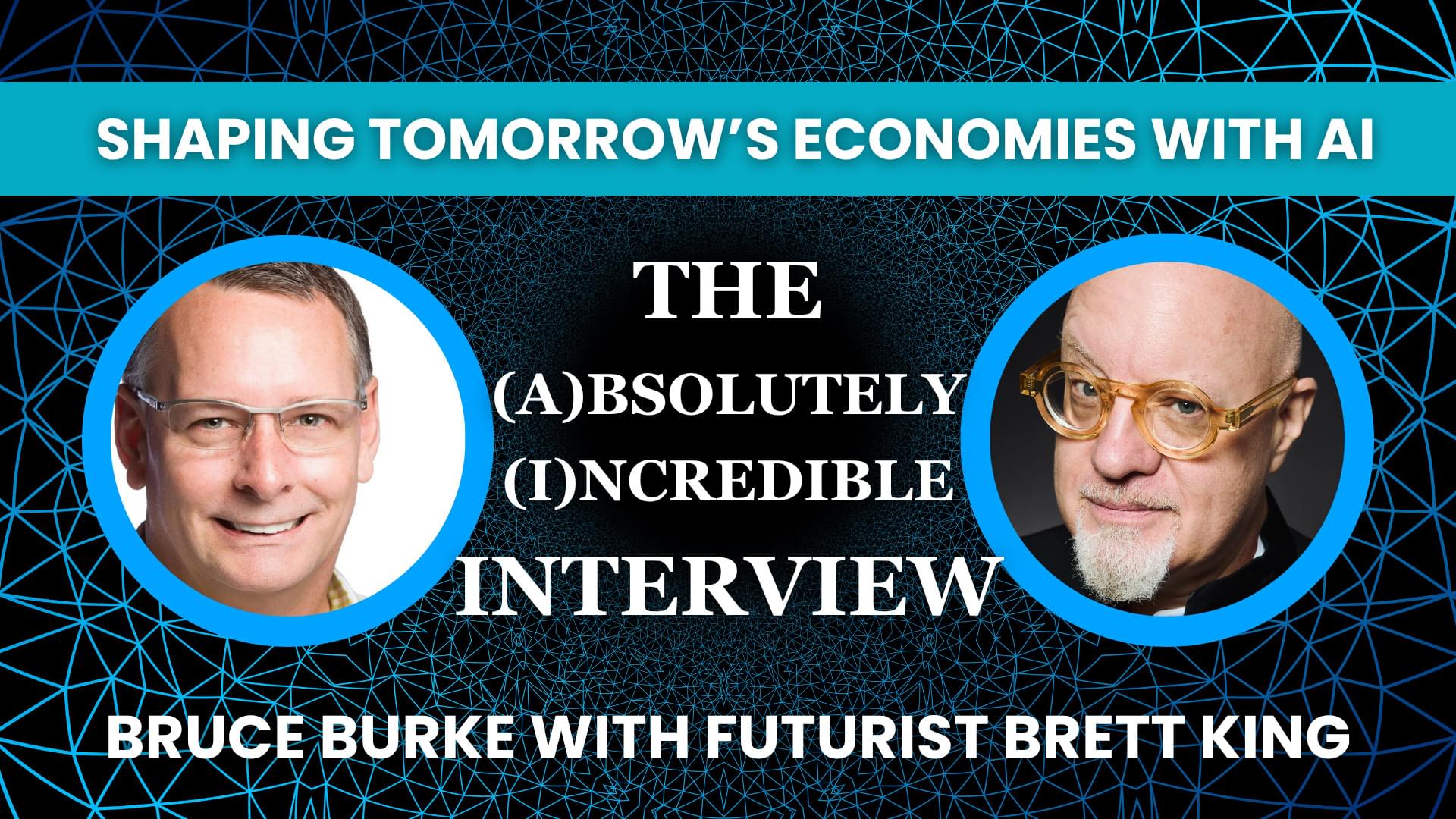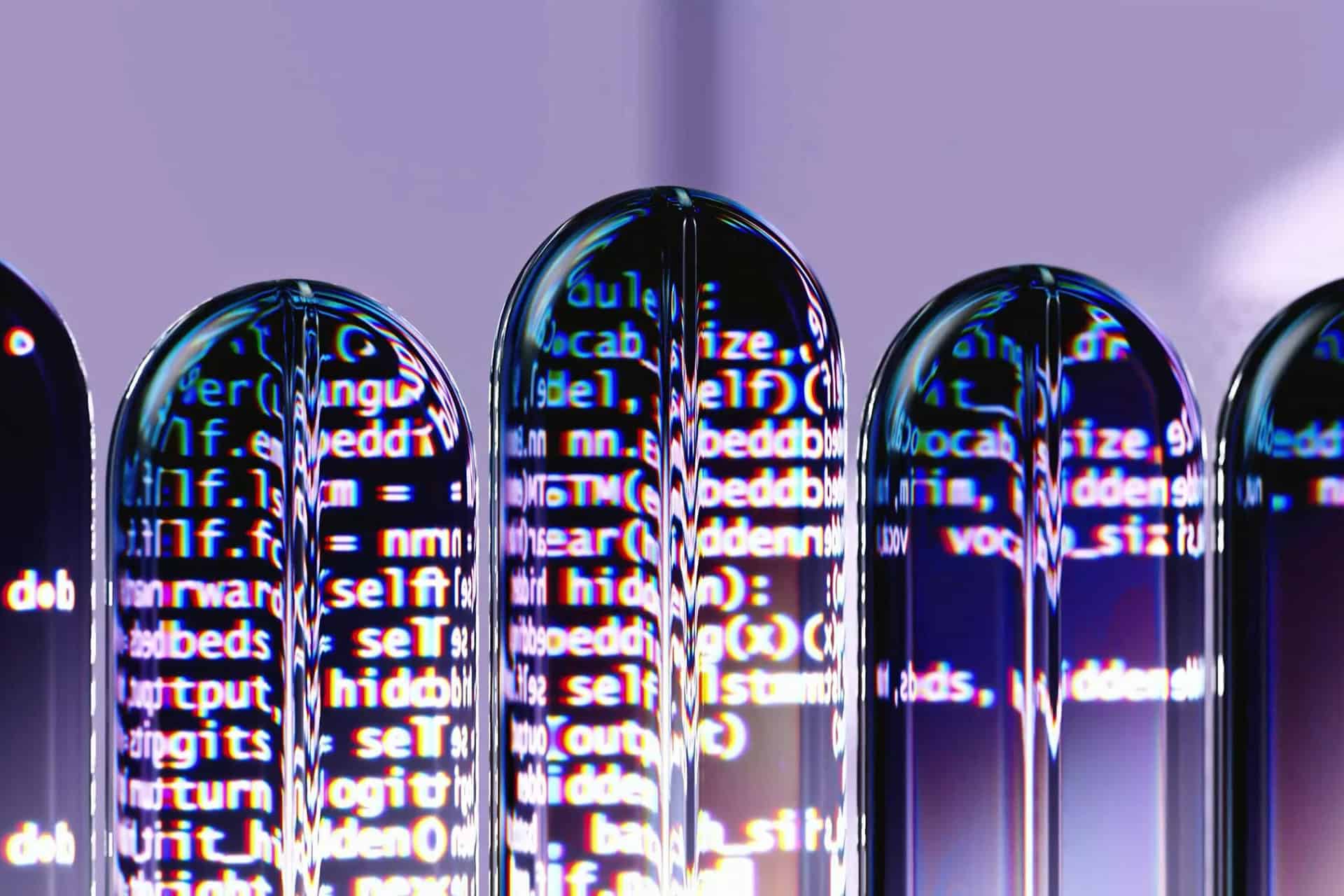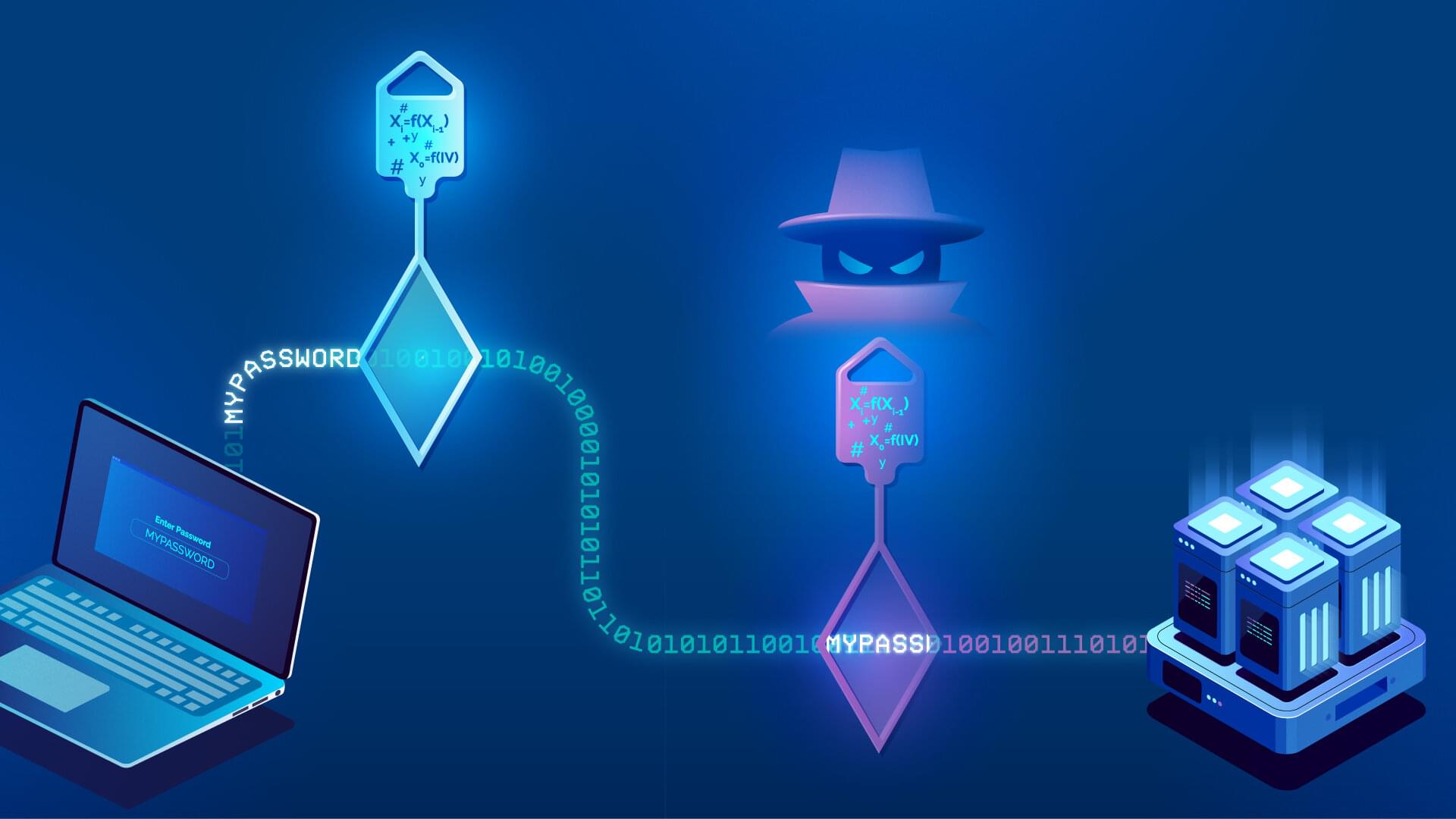For decades, quantum computers that perform calculations millions of times faster than conventional computers have remained a tantalizing yet distant goal. However, a new breakthrough in quantum physics may have just sped up the timeline.
In an article titled “Efficient Magic State Distillation by Zero-Level Distillation” published in PRX Quantum, researchers from the Graduate School of Engineering Science and the Center for Quantum Information and Quantum Biology at the University of Osaka devised a method that can be used to prepare high-fidelity “magic states” for use in quantum computers with dramatically less overhead and unprecedented accuracy.
Quantum computers harness the fantastic properties of quantum mechanics such as entanglement and superposition to perform calculations much more efficiently than classical computers can. Such machines could catalyze innovations in fields as diverse as engineering, finance, and biotechnology. But before this can happen, there is a significant obstacle that must be overcome.








